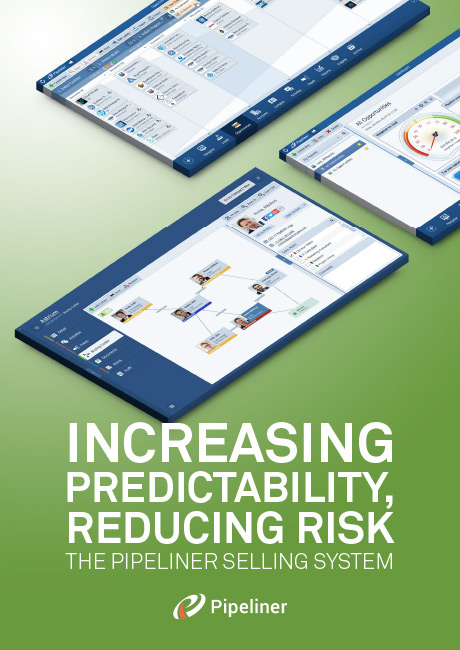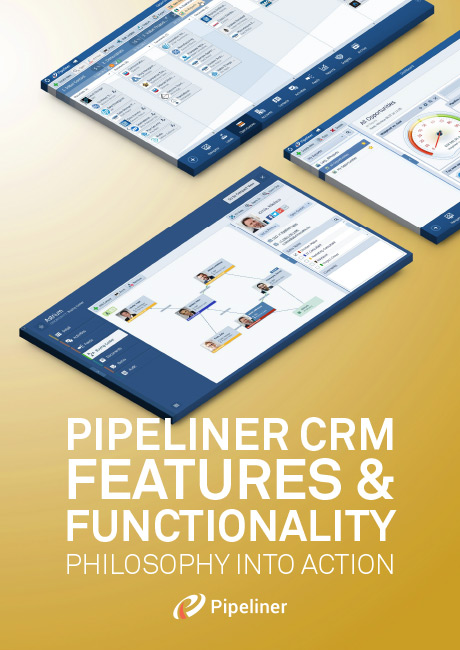Closing the Sale
The fourth step of the Pipeliner Selling System is Close. This step directly correlates to the CustomerCustomer Customer is an individual or an organization that purchases a product or signs up for a service offered by a business. stage of the buyerBuyer A buyer is an individual or organizational entity that purchases a product or subscribes to a service.’s journey. At this point your buyer is now a customer, and on a different journey.
Most sales managers, marketingMarketing Marketing is the field, set of actions, or practice of making a product or service desirable to a target consumer segment, with the ultimate aim of effecting a purchase. managers and CEOs would agree that an existing customer is a far easier sale than a new prospect.
In too many cases within sales organizations, the close of the sale is, more or less, the end of the line. Far less attention is paid to that customer after the close, save perhaps that of tech support or customer service. In many ways it makes sense—salespeople are driven by quotas, and quotas come about through pushing leads and opportunities through to closed deals.
Yet most salespeople—and sales managers, and marketing managers, and for that matter CEOs—would agree that an existing customer is a far easier sell than a new prospect. It makes sense to put a priority on the treatment of existing customers, equal to that of new leads and opportunities.
Post-Sale Abandonment Issues
There’s a very important reason for doing this, which your own experience might confirm. You’ve probably made a big purchase at some point—an expensive appliance, a car, a house—and felt that euphoria right after the purchase. But what happens if, the next day, you hear a strange rattle coming from the engine of your brand new car? Whether real or imagined, you’re going to have a bit of doubt that you made the right decision.
When you call the dealership, their response will mean everything. If they say, “Oh, wow, come on down and let’s see what that’s all about,” you’d probably be reassured in your decision. But what if they say, “We’ve got to refer you over to Service. Please hold.”? You’re then talking to someone you don’t know, who may or (more likely) may not treat you with the same deference you experienced during the buying cycle. Your level of reassurance is likely to diminish markedly.
The same goes for your customer. You’ve sold them on your productProduct Product refers to anything (an idea, item, service, process or information) that meets a need or a desire and is offered to a market, usually but not always at a price. or service, and your company. They’ve become used to getting attention from you. If that attention and help suddenly drop, they’re going to feel somewhat abandoned. We’ve already covered how a B2BB2B B2B is an acronym for Business-to-Business, a model for selling, relationship-building, or engagement. purchase has a very emotional aspect. How is such an abandonment going to reassure them that they made the right decision? Precisely: it’s not.
Get the Most Out of Pipeliner CRM
We believe in the power of CRM and we believe in the power of education. Make informed decisions and get the most out of CRM by educating yourself about the possibilities!
You can visit our CRM Sales Reference Library and download all e-books for free!
A Customer Management Process
So the answer is to place the same priority on that existing customer as you place on your new prospects. How would you do that? By doing what many forward-thinking companies are doing today: creating a whole separate process for customers—a Customer Management Process.
This process consists of clearly defined stages, following through the lifetime of that customer. It would include factors such as implementation or installation, customer support, and technical assistance. It would include periodic checking on the customer to see how your product or service is working for them. Depending on your product and market, it could include other stages as well.
With this process, you’re viewing the transition from Prospect to Customer in an ultimately strategic way. Now a former prospect is managed and nurtured as a customer. It’s a different type of relationship.
Customer Transition
So that the customer feels cared-for, the handoff from Sales to Customer Management should be very smooth. The customer should be entirely aware of how things are going to run now, and should never feel as if nobody’s looking after them or they’ve been abandoned. Make sure they understand who’s going to be supporting them, for what purpose, and when.
At the end of the day, you want a customer to turn into the champion of your product. The best way for that to happen is if they feel that you’re there to support them before and after the sale. In the early days after the close is often when they feel the most vulnerable—so clearly spelling out a Customer Management Process, and who’s going to be involved, is incredibly important.
The full transition after the Close stage leads up to our final phase: Collaborate.











